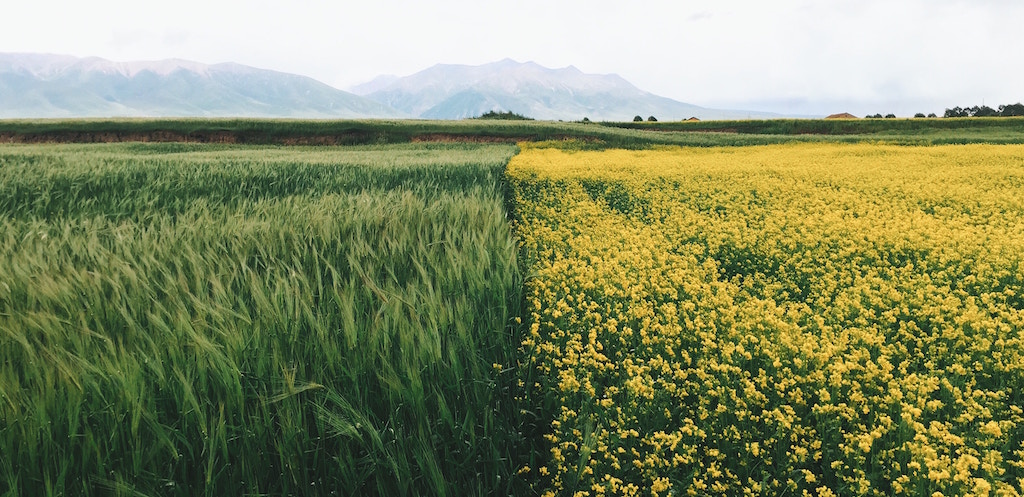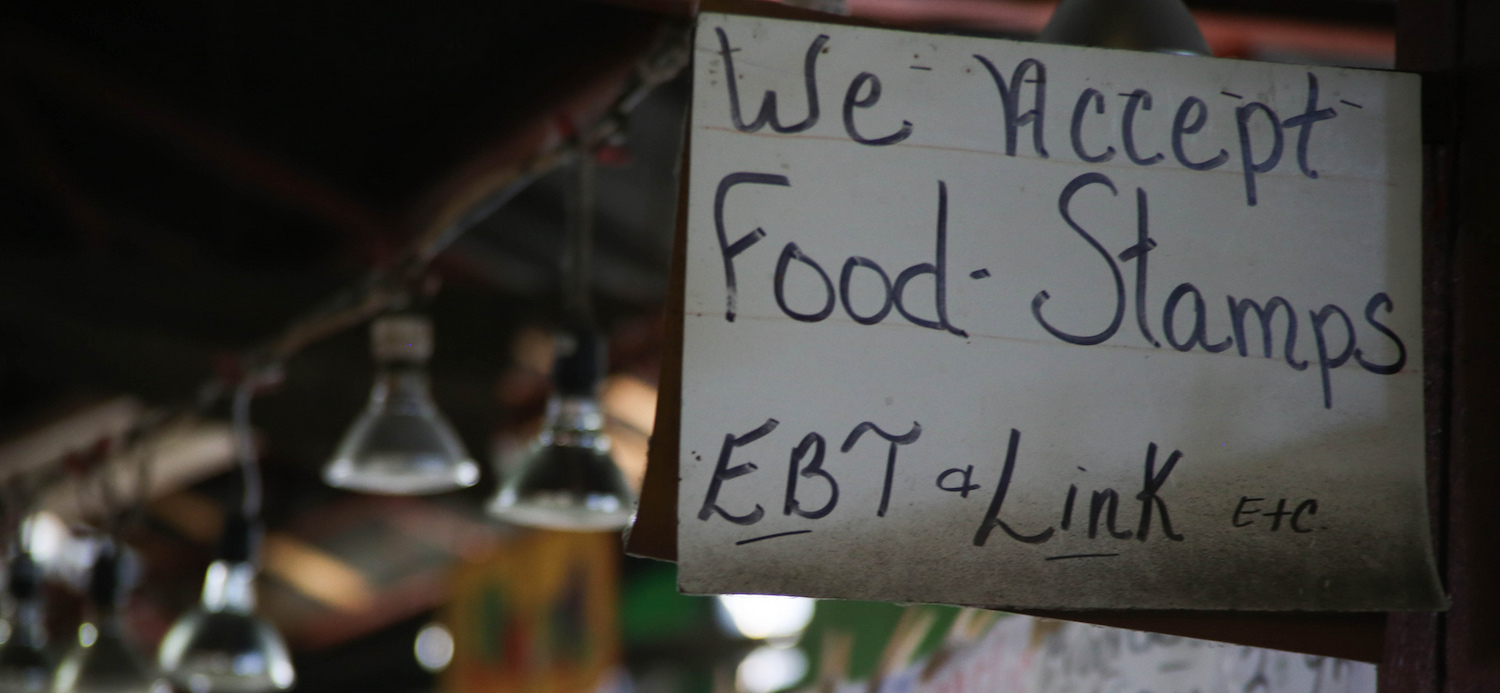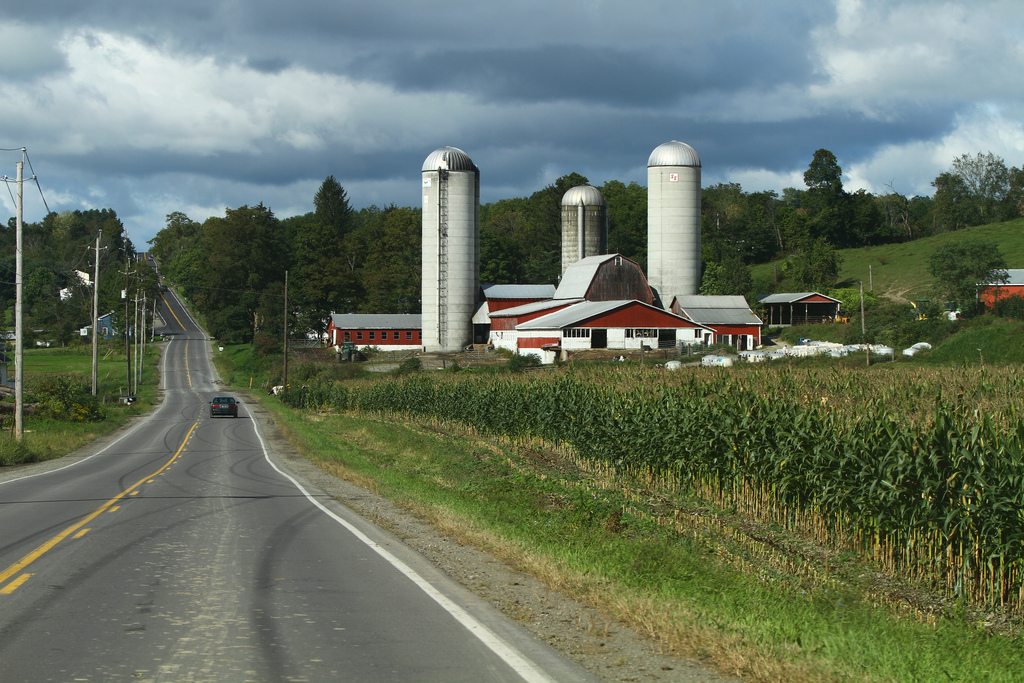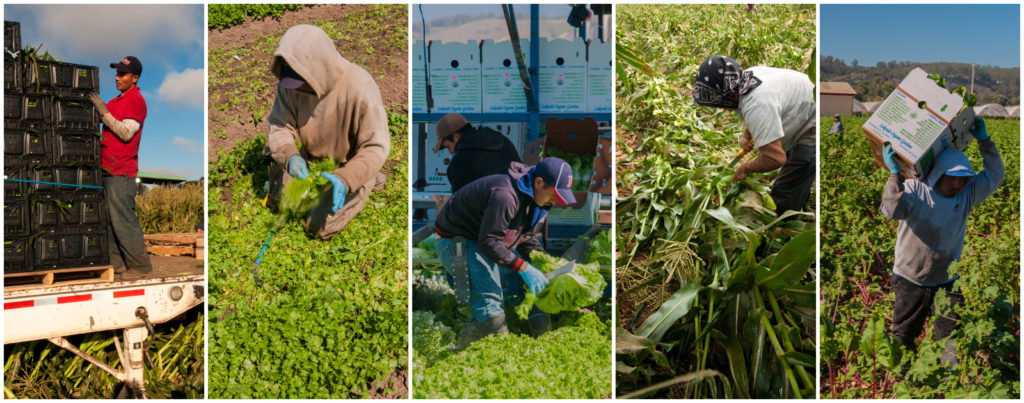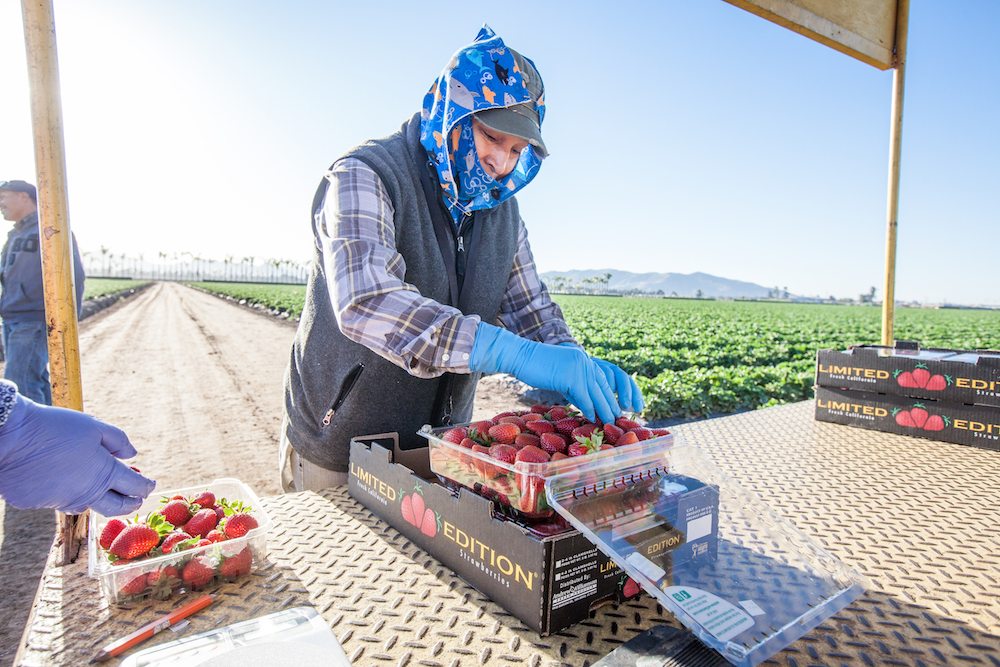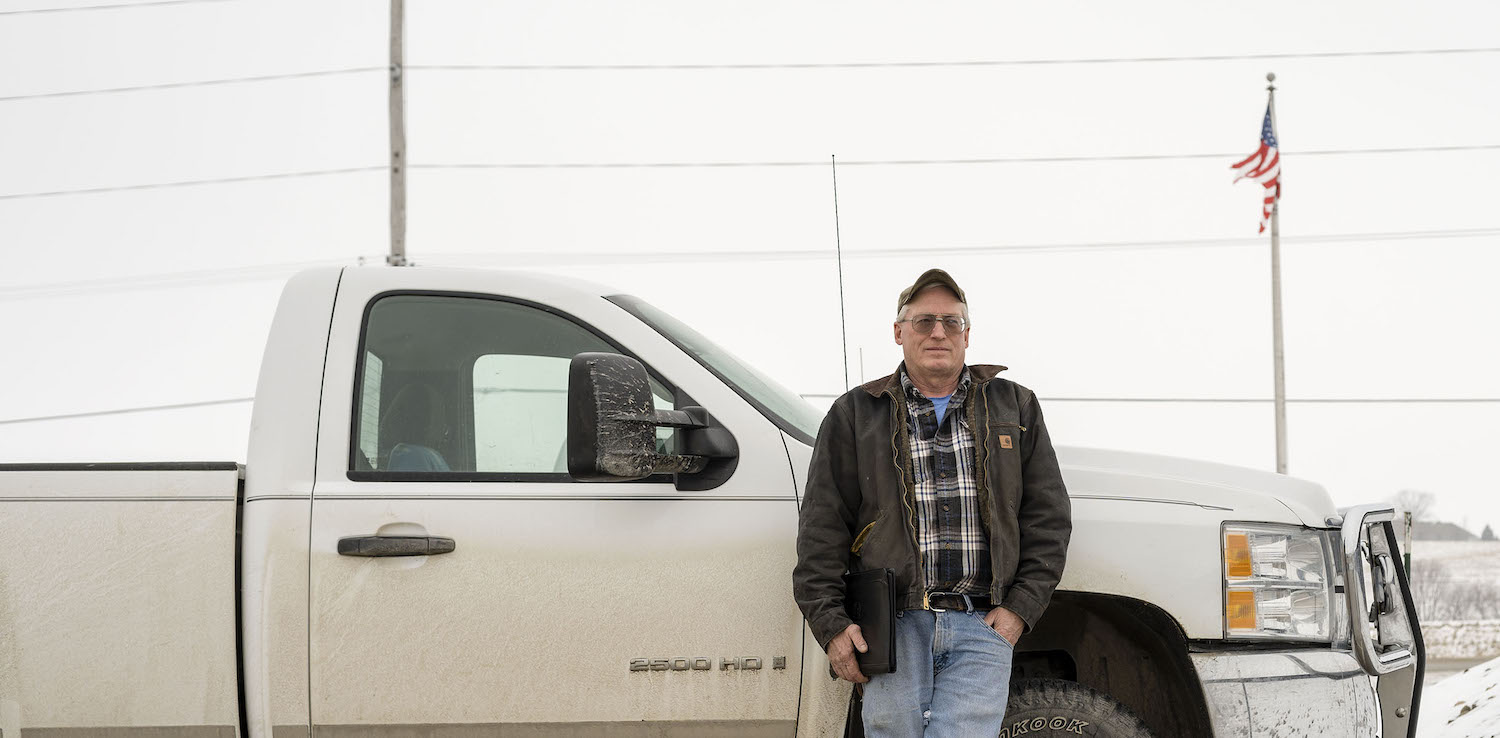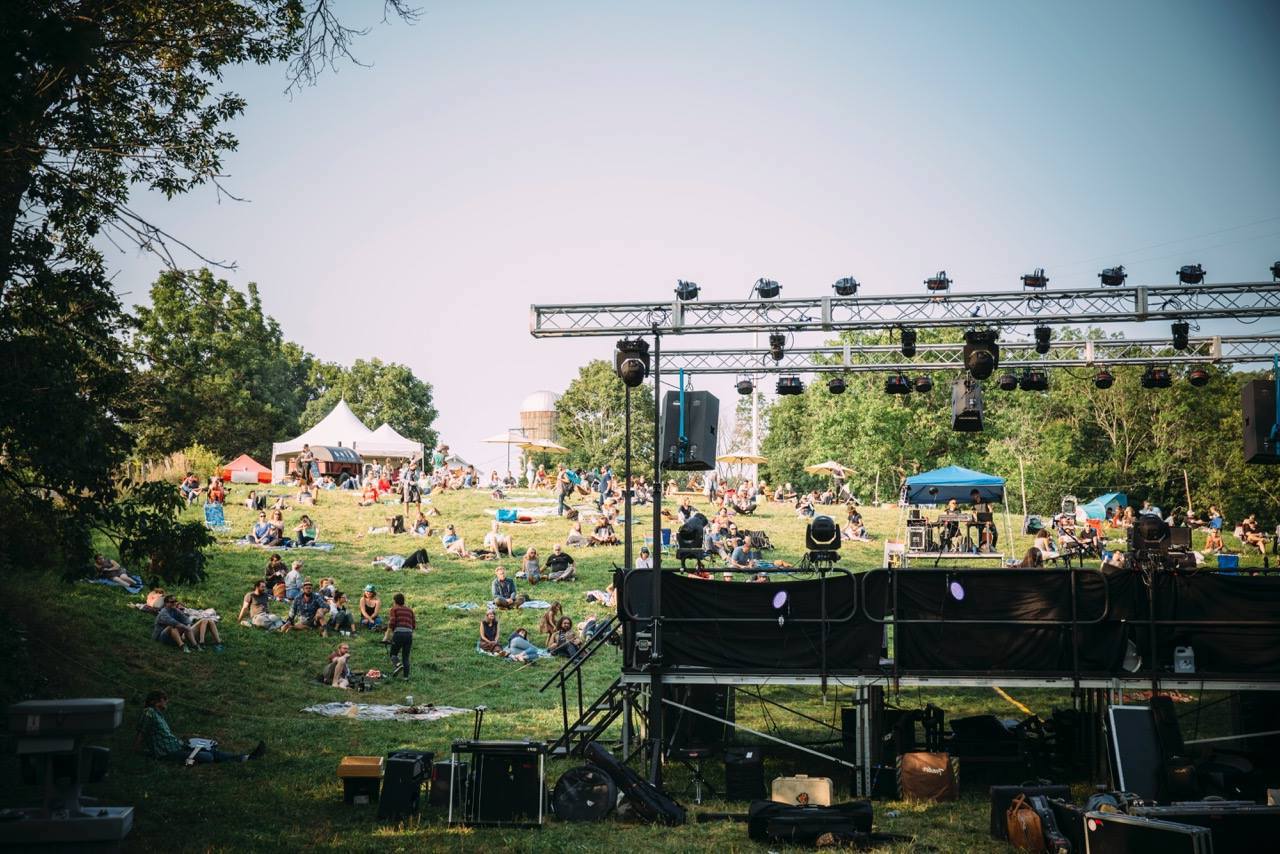
Huichica
The pigs got out. At around 6:30, as the sun was coming up on a mild August morning in Pine Plains, New York, dairy farmer Sarah Chase’s herd of 25 hogs busted through the barn doors and ambled down to a woodlands clearing. The 30 or so campers emerging from tents on the perimeter were delighted. A good number of them weren’t accustomed to communing with live farm animals, much less being awakened by oinks and grunts. And they loved it. Pastoral displays are part of what draws them to the Huichica Music Festival, now in this third year, which brings live music—namely, trendy folk and psychedelic bands, and a smattering of soul singers—and artisanal wine to the rolling hills of the Hudson Valley.
“That’s not very romantic, it’s probably not going to help your article, but I think that’s what people are looking for,” Jim Bundschu, a Sonoma, California vintner, told me after I arrived. The festivalgoers had been chattering. “Me, I’d have a pig escape every time. You know, ‘Go to the monthly pig escape, and by the way, we produce this cheese!’”
 Bryan Lasky
Bryan Lasky As farm income in America continues to downslide, more small family farms are looking to the potential of their land to provide a secondary revenue stream
Huichica isn’t the first time farms and their culture have been harnessed to draw music crowds. Bundschu would know: his great-grandfather celebrated a record winegrape harvest with a “pageant of music, dancing and melodrama” in 1897. For much of the 20th century, folk songs were the music of working people, and often dramatized the experiences of rural and agricultural life. Max Yasgur’s dairy farm, which was eternalized in the lyrics of Joni Mitchell’s “Woodstock,” hosted the era-defining concert in 1969, after a number of municipalities had declined to provide a venue. Nearly a quarter-century later, in 1985, the Farm Aid benefit concert—held not on a farm but in an Illinois stadium—was organized by Willie Nelson and Neil Young to support American farmers in danger of losing their farms to mortgage debt during the farm crisis.
While farm income across the county has largely flatlined in recent years, small farms continue to lose their share of the market. For dairy farmers, that struggle is compounded by declining prices for their product. It would make sense, then, that more small family farms, like Chase’s, are looking to the potential of their land—provided they own it, of course—to provide a secondary revenue stream. Hosting concerts—not of the Woodstock size, but as part of an array of on-farm activities they might offer to visitors—is one way farmers can broaden the appeal of their products to a wider customer base. At least, in the absence of hard data showing how economically beneficial these concerts actually are, that’s what university professors and other researchers who study agritourism have observed.
But stadium shows have lost their shine for certain audiences—and certain musicians, too. “When you started seeing some independent music acts pop up, rather than going to a big expensive venue where you’d have to add quite a bit of money to the ticket price to host people, they could have more environmentally natural surroundings, to actually host people who might be like-minded,” says Thilmany. “If they [audiences] like independent food and small farms and local food, they probably are looking for local music acts and creative arts in the same area.”
Over the past decade, Thilmany has seen increasing numbers of small-scale farmers incorporate agritourism as part of an overall diversification strategy. Initially, she says, visitors were limited to wineries, dude ranches, and farm stands. Now, as “back to the roots” has become a cultural trope—first in American eating via farm-to-table dining, then in the local foods section of the grocery store—she’s seen more events, like concerts, hosted by farmers. It’s not that weekend visits to the U-pick farm are waning. It’s that new ventures are now commonplace.
 Bryan Lasky
Bryan Lasky Between 2002 and 2012, the number of farmers in New York state earning income from recreation events has doubled in number, up to 857 farms
“You see some farms having some music on the farm every Friday night for 12 weeks, or a small festival in the middle of the summer,” says Thilmany. “People are wanting to do something that feels like a lifestyle or recreational thing on a farm. And it used to be pretty concentrated in the fall with corn mazes and harvest festivals. But we’re seeing a lot more happening year-round on a lot of farms.”
Take, for example, Oldtone, a roots music festival that will be held for the fourth time at Cool Whisper, a 150-acre cattle ranch in Hillsdale, New York, in September. According to Lisa Schober, who owns and operates the farm with her husband and daughter 30 miles north of Pine Plains, the family profits from the four-day festival by charging a rental fee to the promoters, who use their land as a venue. After building infrastructure required by the town to become a venue—which included hiring an engineering company to change the land’s topography, and adding mud-resistant gravel roads, egresses, and emergency lockdowns—Schober says she hasn’t had to take on any additional costs to host the festival, which attracts 1,600 guests. She considers those changes, as well as the earnings from the festival, an investment in transforming part of her working farm into an event space for weddings.
Jim Bundschu was drinking his winery’s own bright, acidic Gewürztraminer in a little tin cup when we met on Chase’s astonishingly beautiful 350-acre dairy farm, which was tucked into Columbia County’s rolling hills and rotting grain silos. Bundschu’s son Jeff, who now runs Gundlach Bundschu, the sixth-generation family winery in Sonoma, was also running the third East Coast edition of Huichica.
Jeff was at pains to say the festival is a labor of love. When he first hosted bands at the family vineyard in California, it was to bring music to a rural area, he said. Of course, he also thought a cool festival with good bands might distinguish his winery from the hundreds of others in the region—and get more people to try his product. (“We’re not making cheap wine,” he said.) Jeff conceded he can continue to host Huichica—as he has for nine years in Sonoma, and three in Pine Plains—because the festival moves wine, and generates some profit for him, as a concert promoter. In other words, it’s not all a passion project. Festivals can benefit a brand by association—and in other ways, too, both tangible and intangible.
 Bryan Lasky
Bryan Lasky From 2002 to 2012, national agritourism revenue more than tripled, and at last count, over 33,000 farms generated $704 million annually in agritourism receipts
He doesn’t justify the cost of running the festival with a single-day spike in direct sales. Until recently, he said, wine sales during Huichica were lower than they would be during a typical weekend at Gundlach Bundschu. People weren’t there to sip in the tasting room. (Direct sales do comprise a big chunk of the family business—20 to 30 percent of annual revenue, he said—but “we do have distribution,” he told me, as if to explain why a dip in sales one weekend a year won’t kill him.)
So if direct sales aren’t a boon, why do it? Bundschu runs the festival at a Hudson Valley dairy farm for essentially the same reason he does it in Sonoma: branding. He was out east to open a new market for his wine, he said, and to try to replicate the success he’d had doing that in Sonoma. It all seemed to fit into place. Wine and cheese, a crowd of in-the-know music connoisseurs—if he got a bottle in the right hands, distribution could follow. But that could take a while. After the festival, I followed up. He told me he had sold about 20 percent of the amount of wine he did in a normal weekend in Sonoma. It’s only the third year, he pled.
Besides, the Hudson Valley isn’t Sonoma. “There are generations of, traditions of bringing people into your world to showcase your wares, and people will come to do it,” Jeff said of California wine country. “That’s a pretty new concept when you’re talking about a dairy.”
A third-generation dairy farmer, she has been farming the land for six years. Before she took the reins, the farm had nearly collapsed. And then came a cash infusion, by way of a conservation easement held by the Columbia Land Conservancy, which saved the operation. Two years ago, the land trust helped purchase another easement, at a total cost of around $1.3 million, as Chase was transitioning the farm to grass-fed organic. (More help is on the way: in July, Governor Andrew Cuomo announced $30 million in conservation easements for the state’s dairy farms.)
Chase doesn’t depend on Huichica. She makes money selling milk by the hundredweight to her brother Rory, who runs a creamery down the road and buys almost all of her milk to make artisanal cheese—at $31 per hundredweight, or around $140,000 a year in dairy sales, she said. (Her dad, who farmed conventionally, sold his milk at half that price—though his grain-fed cows were twice as productive.) That income is supplemented by $25,000 in direct sales from her on-site farm store, where she sells Rory’s cheese, along with raw milk and ground beef from her cows. She also participates in a CSA and runs an online store.
Chase said the festival, which comes at the end of summer, after she’s harvested the hay, was secondary to a series of burger nights she hosted on the farm in the months prior. Rather than selling her dairy cows at auction, where she’d get pennies on the pound, she sold one-third pound burgers for seven bucks a pop. That was a huge value-add on her product. When we spoke before Huichica, I asked her if she thought of her agritourism ventures, like those burger nights and the concert, as investments, and hoped they would pay dividends in the future.
 Bryan Lasky
Bryan Lasky Every year, Sarah Chase, whose farm hosts the annual East Coast edition of the Huichica music festival, has to restage a venue—plenty of work, when she also has to milk the cows
“This isn’t what’s going to make my business work in the future,” she said. “So no, I don’t think so.”
For over a decade now, agritourism has been key to keeping farmers afloat, according to data collected by the United States Department of Agriculture (USDA). Between 2002 and 2012, the department’s last agricultural census, the number of farmers in New York state earning income from recreation events—hunting and fishing, farm tours, and hay rides, for instance—has doubled in number, up to 857 farms. And revenue has increased twenty-fold, to over $31 million.
Over the same period, national agritourism revenue more than tripled. At last count, over 33,000 farms generated $704 million annually in agritourism receipts. It’s been mostly small-scale farms—those bringing in under $250,000 in sales annually—that are responsible for the lion’s share, representing around 77 percent of agritourism receipts in the last two surveys.
So how can it be that agritourism is generating millions of dollars in revenue for small farmers across the country, but amounts to what is essentially a marketing expense for farmers like Chase?
It’s because, she told me, she wasn’t the one who had a major financial stake in the festival. Unlike the Schobers, who host Oldtone, Chase didn’t have to obtain a permit from the town. Nor did she have to take on many of the significant costs that Bundschu and Britt Govea, the concert’s main promoter, did: multi-million-dollar special event liability insurance, stage rental, and payment to the bands and stage techs.
 Bryan Lasky
Bryan Lasky Jeff Bundschu, a Sonoma, California vintner, throws a Huichica music festival at a Hudson Valley dairy farm for essentially the same reason he does it in Sonoma: branding
Chase got a cut of the door, she said, that ranged from $3 to $5 per ticket. Those earnings, plus the fees she took in from visitor parking and camping, covered her smaller expenses, including her own insurance rider for events, maintenance costs such as granite for roads, and partially paying for the porta-potties. Indeed, as Chase told me later in an email, this year’s festival did indeed make money for her, because it drew people to her farm store. She had sold plenty of dairy and meat—around three times the sales of a normal burger night—and far more than during previous editions of Huichica. She thought that might be because she’d also hosted programming and tours that showed visitors, or potential customers, how she farms.
But there were no guarantees on outcome. “One thing that feels really scary about higher stakes on farm events is the weather,” she wrote in the email. “If we had had rain or lots of humidity we might not have been able to make it through.”
Chase said her real future plan lies in retail. Besides selling to her brother, the processor, she is hoping to get her milk pasteurized to sell at greenmarkets in New York City, along with his cheese and yogurt, which he calls “the true high-margin product.” She said that will get her organic milk price up to around $45 per hundredweight. She likely won’t be the only dairy farmer selling her milk at a city farmers’ market. But maybe some of those shoppers at Brooklyn’s McCarren Park, or Grand Army Plaza, will remember the concert they went to on her farm last summer, and the pigs running past the tents. And honestly, that would be enough, if it’s important that you also experience what you eat.

